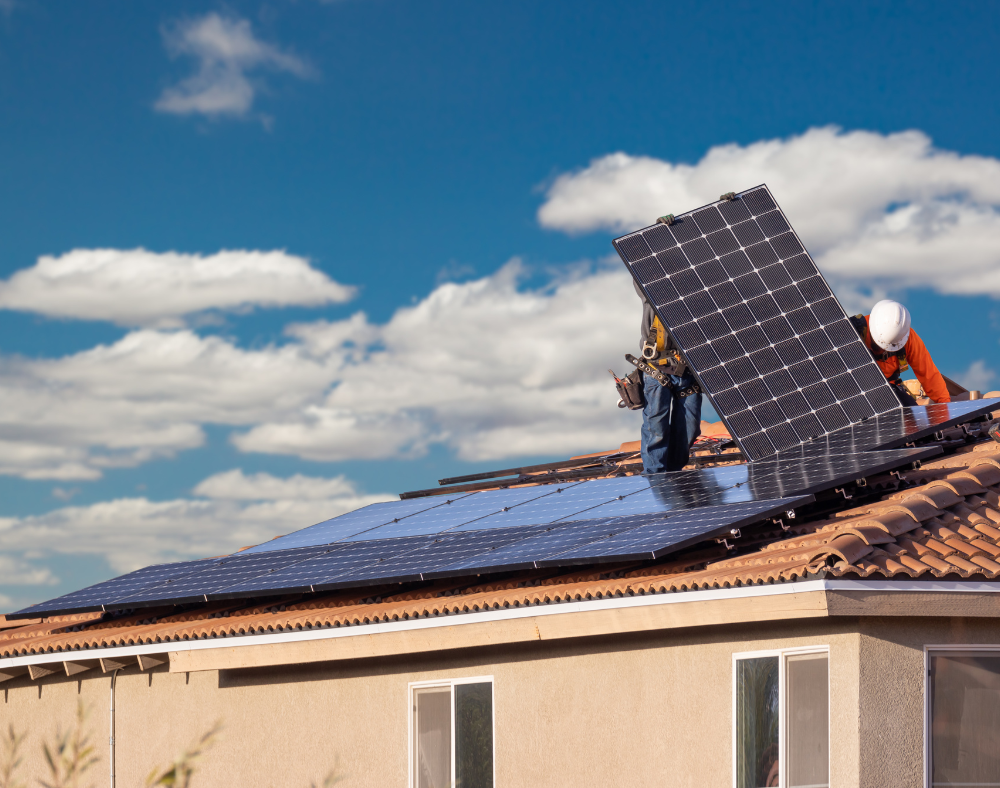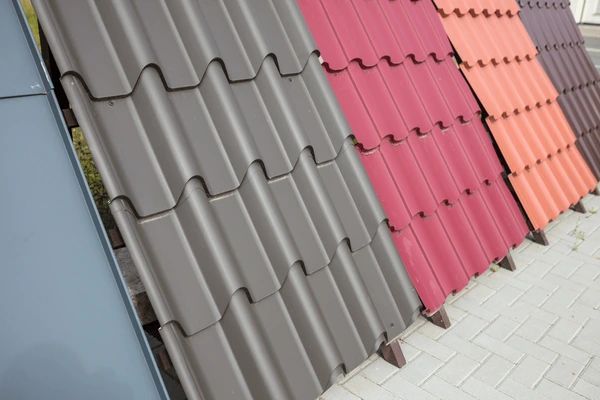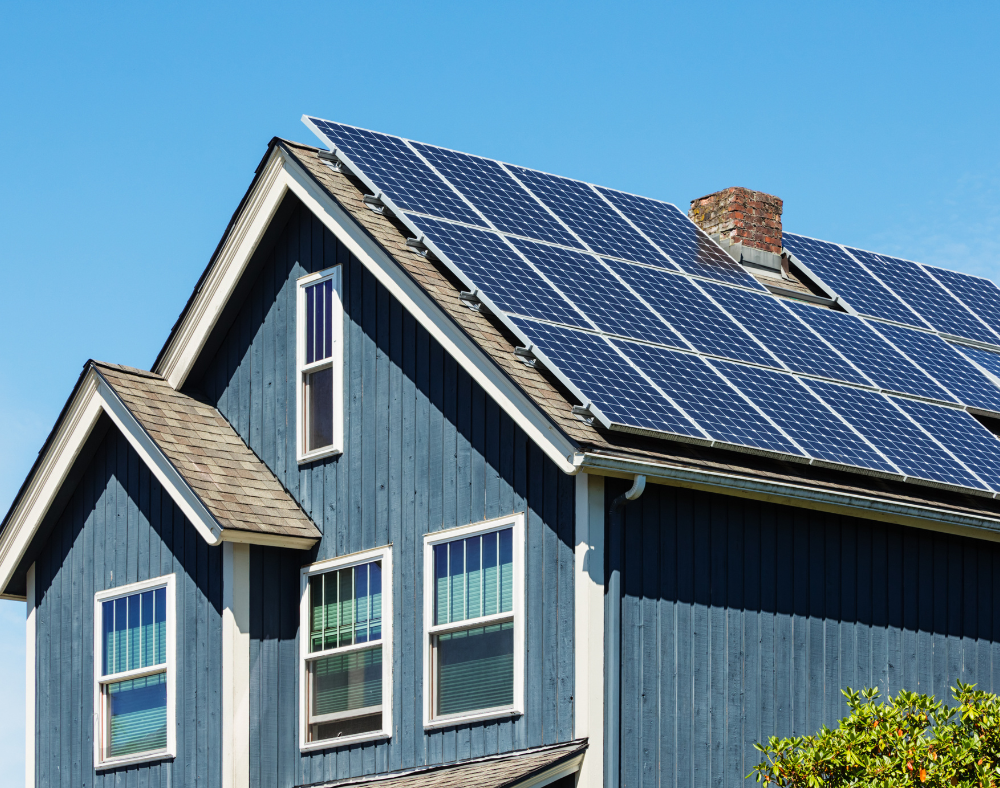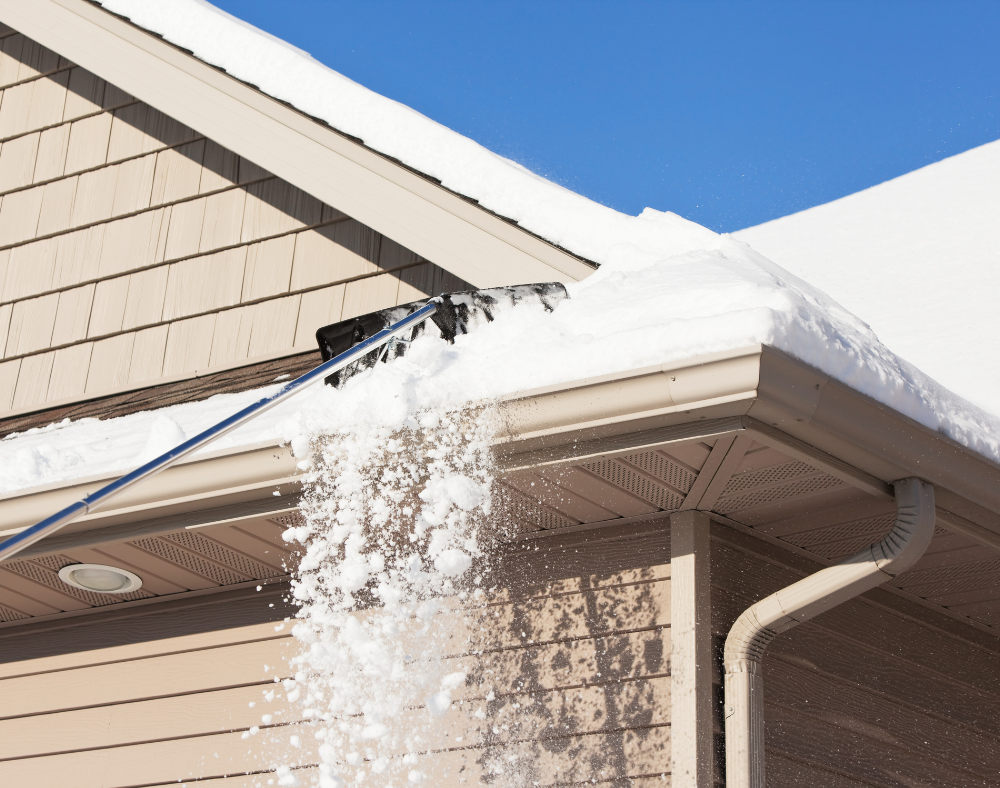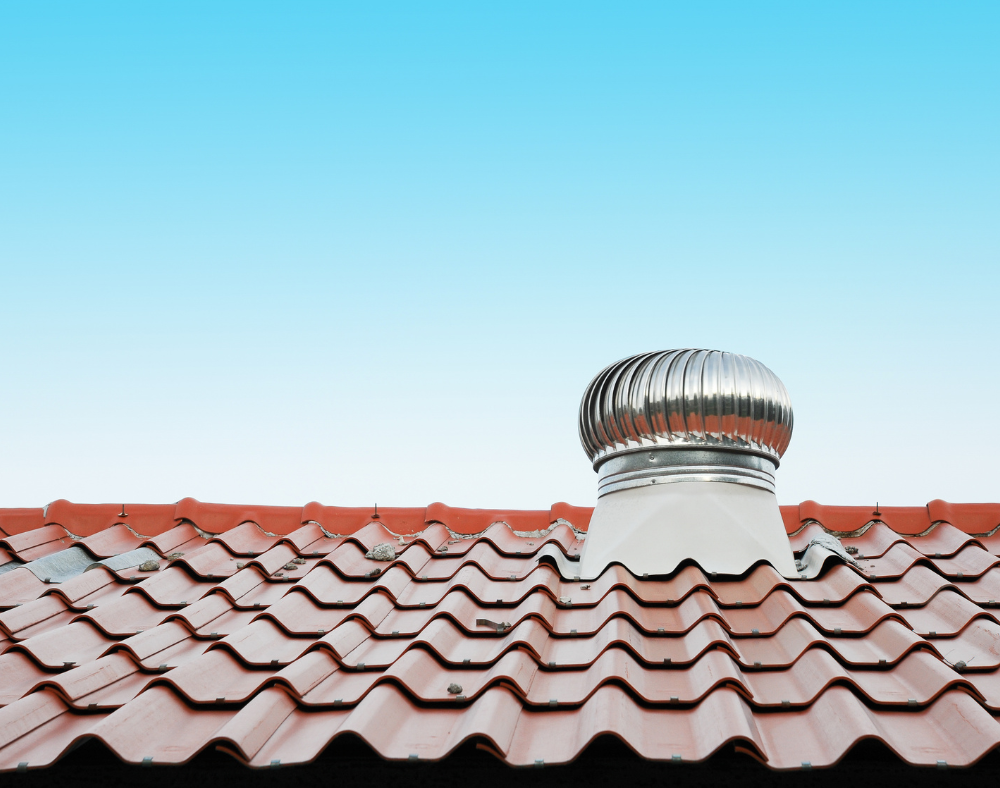Roofing materials explained & what you need to know about Solar Roofs
Choosing the right Roofing Material and Understanding Solar Integration for sustainable living

Choosing the right roofing material for your home is a critical decision that affects durability, energy efficiency, and overall aesthetic appeal. With advancements in roofing technology, there’s an increasing interest in solar roofing solutions that integrate seamlessly with traditional roofing materials. In this blog post, we’ll explore the most common roofing materials, their benefits, and what you need to know about integrating solar panels into your roof for a more sustainable home.
Common Roofing Materials Explained
When considering a new roof, it's essential to understand the materials available on the market and their advantages. Below are the most commonly used roofing materials, each offering unique benefits in terms of cost, longevity, and appearance.

1. Asphalt Shingles
- Overview: Asphalt shingles are the most popular roofing material in North America due to their affordability and ease of installation.
- Advantages:
- Cost-effective
- Wide range of colors and styles
- Easy to replace
- Lifespan of 20-30 years
- Considerations: While affordable, asphalt shingles may not be the most durable option in regions with extreme weather conditions.

2. Metal Roofing
- Overview: Metal roofing has gained popularity for its modern aesthetic and long lifespan.
- Advantages:
- Extremely durable (50+ years)
- Fire-resistant
- Reflects heat, reducing energy costs
- Considerations: Metal roofing can be noisy during rain or hailstorms, and the upfront cost is higher than asphalt shingles.
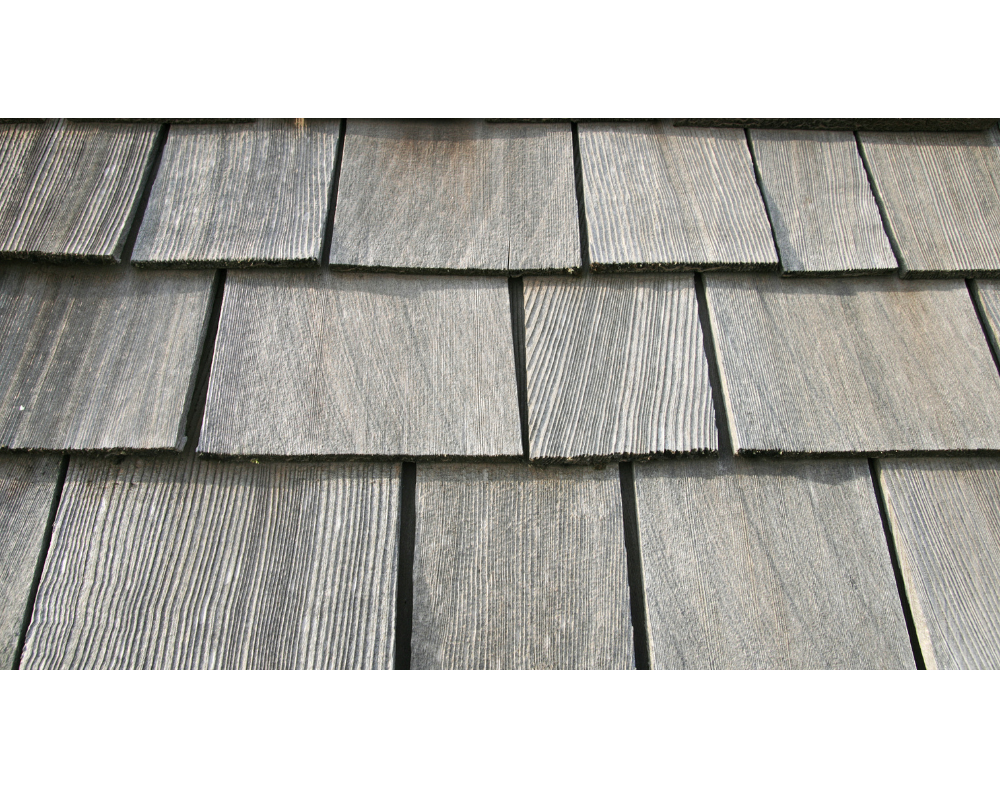
3. Wood Shingles and Shakes
- Overview: Wood roofing materials provide a natural, rustic look that’s appealing to many homeowners.
- Advantages:
- Natural aesthetic
- Eco-friendly
- Good insulation properties
- Considerations: Wood shingles require regular maintenance and are more susceptible to fire, though treated options are available.
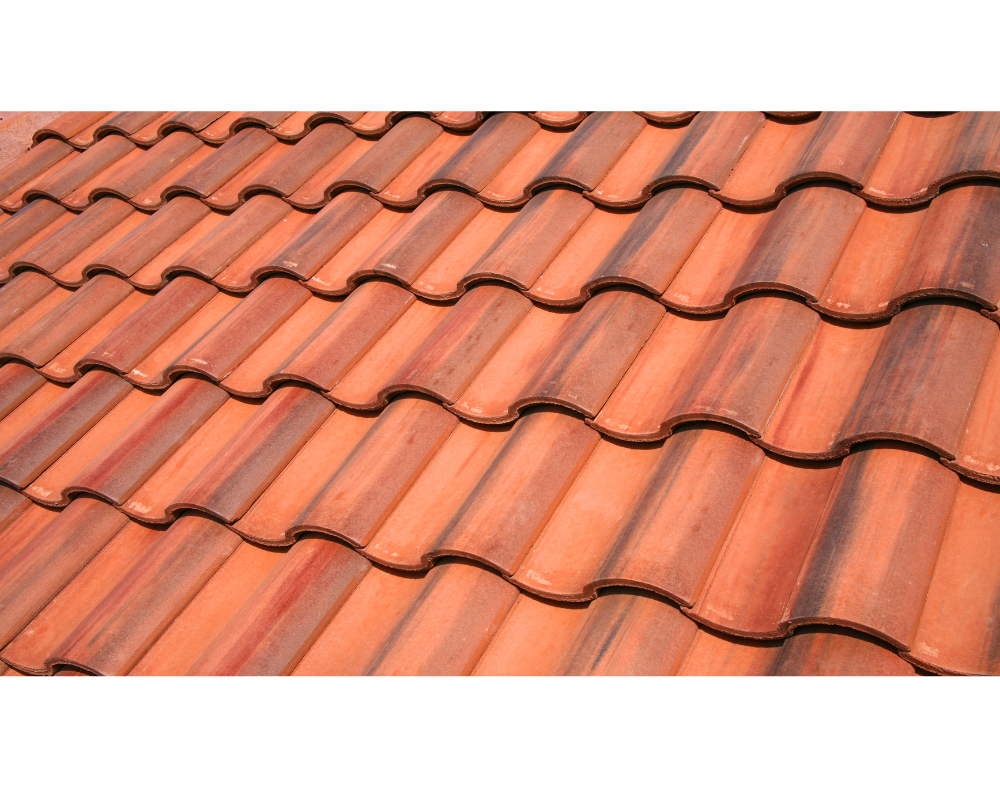
4. Clay and Concrete Tiles
- Overview: Clay and concrete tiles are often used in Mediterranean or Spanish-style homes and are known for their longevity and durability.
- Advantages:
- Extremely long lifespan (50+ years)
- Fire-resistant
- Low maintenance
- Considerations: These tiles are heavy and may require additional roof support. They are also more expensive compared to other materials.
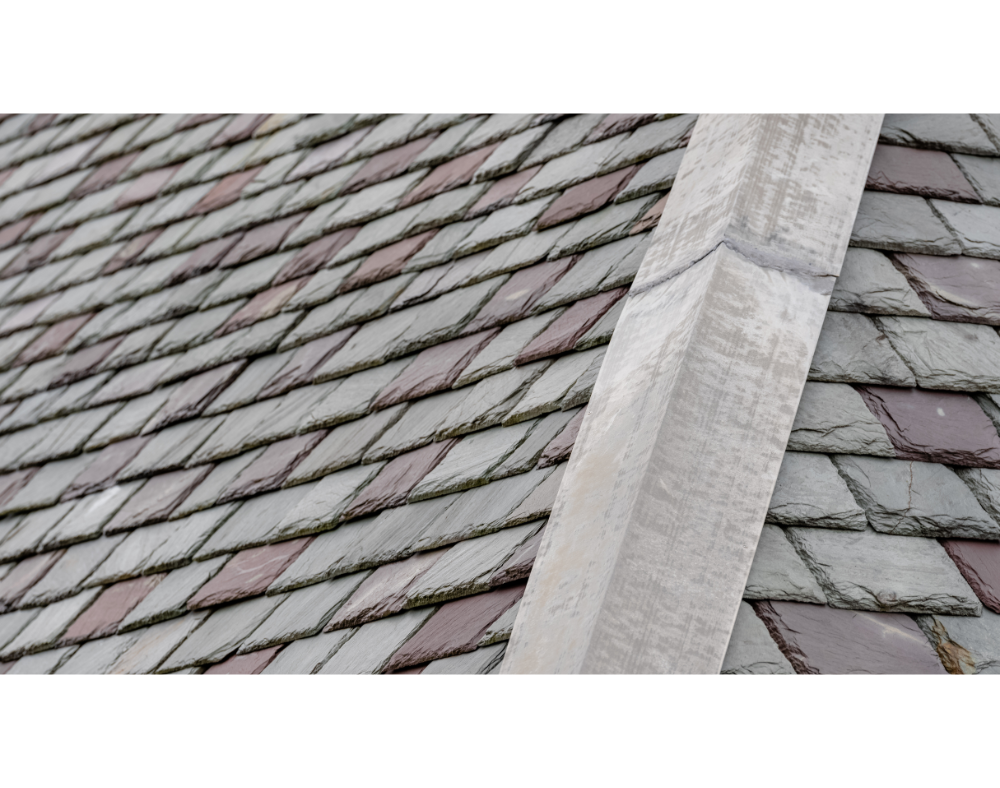
5. Slate Roofing
- Overview: Slate is one of the most durable roofing materials and is often found on upscale homes.
- Advantages:
- Long-lasting (75-100 years)
- Extremely durable and weather-resistant
- Offers a high-end, classic appearance
- Considerations: Slate roofing is expensive and heavy, requiring professional installation and additional roof support.
Must-Know Facts About Solar Roofs
As homeowners seek to make more environmentally conscious decisions, solar energy has become an increasingly popular option. Solar roofs not only generate clean energy but also help reduce electricity bills over time. Here’s what you need to know about solar roofing.

1. Types of Solar Roofing Systems
- Solar Panels: Traditional solar panels are mounted on top of your existing roof and are the most common type of solar energy system.
- Solar Shingles: These are integrated directly into the roofing material, allowing for a more seamless and aesthetically pleasing solution. Solar shingles function like both roof shingles and solar cells, generating electricity while providing a protective roof cover.
2. Benefits of Solar Roofs
- Environmental Impact: Solar energy reduces reliance on fossil fuels, cutting down carbon emissions and promoting cleaner energy use.
- Energy Savings: Solar panels or shingles generate electricity for your home, which can significantly reduce energy bills.
- Tax Incentives: Many governments offer tax incentives for installing solar roofing systems, making it more affordable to go green.
- Increased Home Value: Homes with solar roofs tend to sell for more, as they are seen as energy-efficient and future-proof.
3. Considerations Before Installing Solar Roofing
- Roof Condition: Solar roofing is an investment that lasts 20-30 years, so it’s crucial to ensure your existing roof is in good condition before installation.
- Cost: While solar roofing can lead to energy savings, the initial investment is high. Solar shingles, in particular, tend to cost more than traditional solar panels.
- Sunlight Exposure: The efficiency of solar roofing depends on the amount of sunlight your roof receives. Homes with ample sunlight can reap greater benefits from solar systems.
- Maintenance: Solar panels require minimal maintenance, but it’s important to keep them clean and free from debris to maximize energy production.
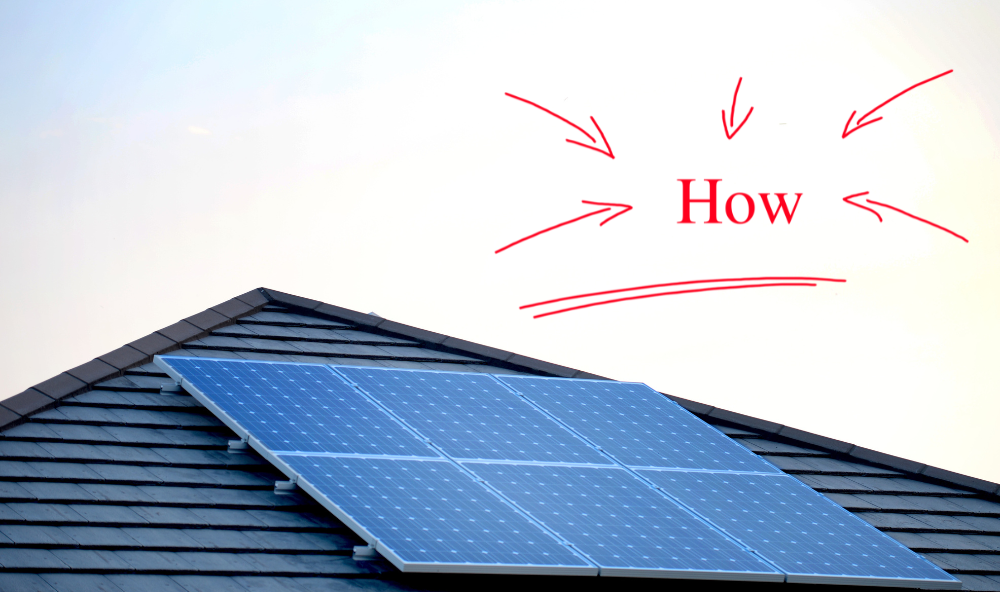
How to Choose the Right Roofing Material & Solar Integration
When deciding between roofing materials, there are several key factors to consider that can help you make the best decision for your home.
- Climate: Choose materials that can withstand the weather conditions in your area. For example, metal roofing is ideal for areas prone to wildfires, while clay tiles are better suited for hot climates.
- Budget: Roofing costs vary widely depending on the material. Asphalt shingles are the most affordable, while slate and metal roofs are pricier but offer greater longevity.
- Aesthetic Appeal: Your choice of roofing material will significantly impact your home's curb appeal. Consider the architectural style of your home and how the roofing material complements it.
- Energy Efficiency: If energy savings are a priority, consider roofing materials that improve insulation, such as metal or solar-integrated roofing solutions.

Questions to Ask Your Roofer About Solar Roofing
Before installing solar roofing, it's essential to ask your roofer the right questions to ensure you're making an informed decision. Here are a few key questions to consider:
- Are solar panels or solar shingles better for my roof type?
- How much energy can I expect to generate from solar roofing based on my location?
- What are the long-term maintenance requirements for solar roofing?
- Will my roof need any structural reinforcements to accommodate solar panels or shingles?
- How long will the installation process take, and will it disrupt my daily life?

Final Thoughts
When it comes to choosing the right roofing material, it’s essential to weigh the pros and cons of each option based on your budget, aesthetic preferences, and climate. If you're considering solar integration, understanding the different types of solar roofing systems and their benefits can help you make an environmentally conscious decision that saves money in the long run. By asking the right questions and selecting the best materials for your home, you can ensure that your roof is not only durable but also energy-efficient.
Additional Resources:
- The Benefits of Solar Roofing
- Roofing Materials Comparison Guide
- How Solar Shingles Work
- Solar Panel Maintenance
- Climate-Specific Roofing Solutions
By choosing the right roofing materials and considering solar energy, you’re making an investment in your home’s long-term durability, energy efficiency, and sustainability.
